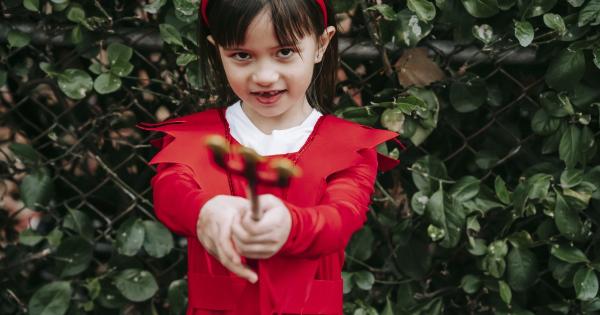Migraines are a type of headache that is characterized by a throbbing pain in the head, sensitivity to light and sound, and nausea. While migraines are often associated with adults, they can also affect children.
Migraines are particularly challenging in children because they can be difficult to diagnose and treat. In this article, we will discuss the symptoms of migraines in children and provide some relief options for parents.
What are the Symptoms of Migraines in Children?
Children who experience migraines often display different symptoms than adults. Some common symptoms of migraines in children include:.
- Abdominal pain
- Vomiting
- Dizziness
- Blurred vision
- Difficulty concentrating
- Extreme sensitivity to light and sound
- Irritability
- Lack of appetite
- Fatigue
- Pale skin
Many children with migraines experience a prodrome, which is a set of symptoms that occur several hours or days before the onset of a migraine. Some prodrome symptoms include:.
- Mood changes
- Food cravings
- Inability to concentrate
- Neck stiffness
- Frequent yawning
Auras are also a common symptom of migraines in children. An aura is a visual disturbance that can include flashing lights, zigzag lines, and blind spots. Some children may also experience tingling or numbness in their face or hands.
What Causes Migraines in Children?
The exact cause of migraines in children is unknown. However, there are several factors that can trigger migraines, including:.
- Stress
- Lack of sleep
- Changes in routine
- Certain foods or drinks
- Bright lights or loud noises
- Hormonal changes
- Weather changes
It is important to determine what triggers your child’s migraines in order to reduce the frequency and severity of the migraines.
How are Migraines in Children Treated?
There is no cure for migraines in children, but there are several treatment options that can help relieve their symptoms. Some common treatments for migraines in children include:.
- Medications: Over-the-counter pain medications like ibuprofen or acetaminophen can be used to relieve mild migraines. Prescription medications may be needed for more severe migraines.
- Rest and relaxation: Encourage your child to rest in a quiet, dark room during a migraine attack. Applying a cold compress to the forehead may also help relieve pain.
- Stress reduction: Teach your child stress reduction techniques, such as deep breathing or yoga, to help them manage stress and reduce the likelihood of a migraine attack.
- Identify and avoid triggers: Keeping track of your child’s migraines and the triggers that may be causing them can help you avoid those triggers in the future.
- Healthy lifestyle: Encourage your child to eat a healthy diet, get regular exercise, and establish a regular sleep schedule. These lifestyle changes can help reduce the frequency of migraines.
When Should You See a Doctor?
If your child’s migraines are frequent or severe, you should consult with a doctor. A doctor may recommend additional testing or prescribe medication if over-the-counter remedies do not work.
Additionally, if your child’s migraines are accompanied by a fever, stiff neck, or confusion, seek immediate medical attention.
Conclusion
Migraines can be a challenging experience for children.
It is important for parents to be able to recognize the symptoms of migraines and understand the various treatment options in order to help their child manage the pain and discomfort that comes with migraines. By working with a doctor and identifying triggers, parents can help their children reduce the frequency and severity of migraines and improve their overall quality of life.






























